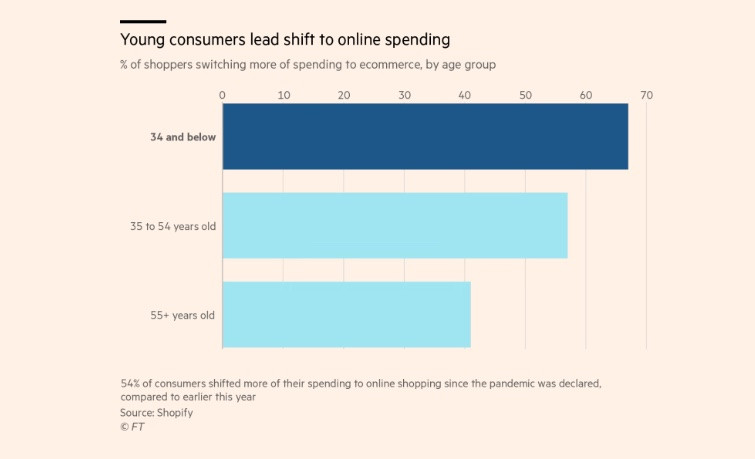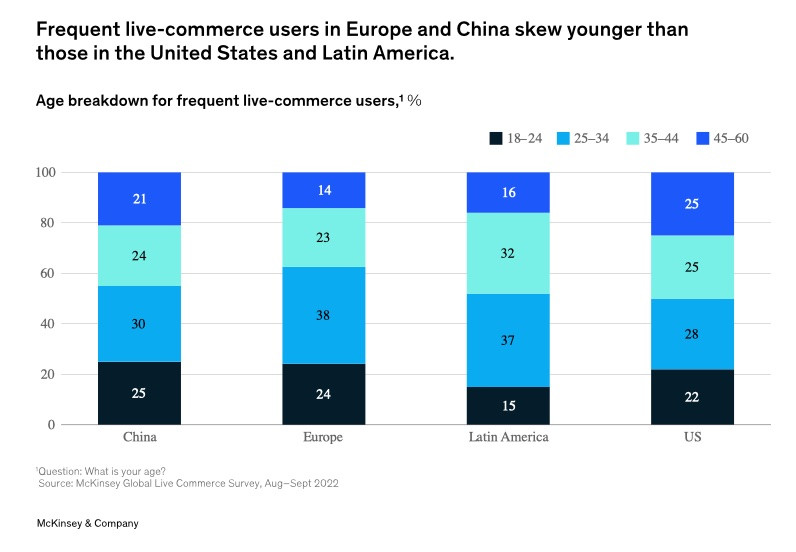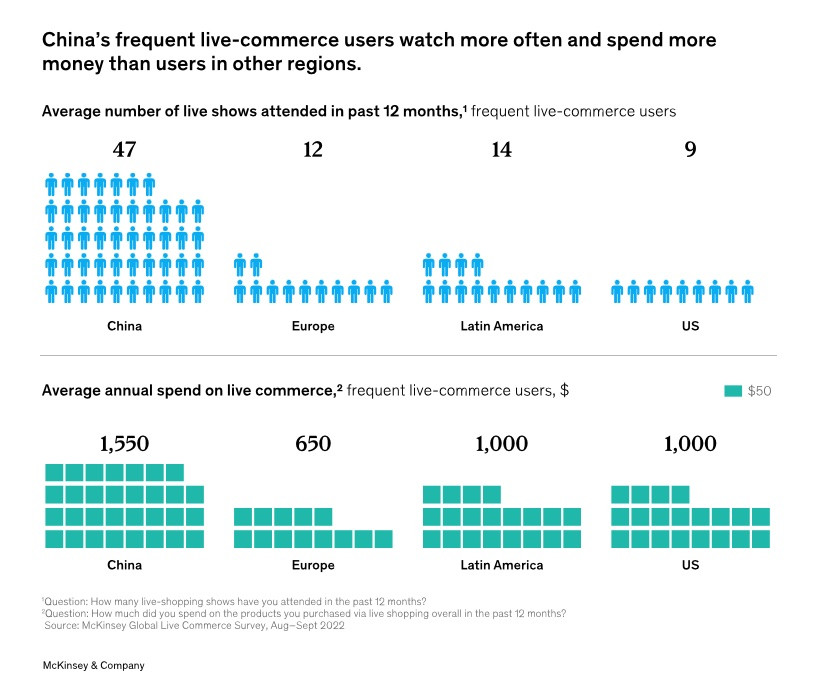The platform economy is the digital transformation of the economy, where business models focus on providing digital infrastructure and related digital services, allowing multiple suppliers, customers or users to transact on the same platform.
Companies that are nimble enough to seize the opportunities presented by the platform economy can gain an advantage in their core businesses and beyond.
McKinsey research, based on a 2018 survey, found that companies that owned any platform had higher earnings growth than non-platform businesses.
“Must have” strategy
In 2020, a team at the MIT Sloan School of Management in Massachusetts found that the top 43 publicly listed platform companies had operating profits, growth rates, and market capitalizations nearly double those of the 100 largest companies in the same industry over a 20-year period, with only half the workforce.

Businesses like retailer Amazon are the most visible examples of success, even if they are not entirely digital. Meanwhile, “pure digital” companies like Facebook, Netflix, Google and Uber are now household names.
Michael Cusumano, professor of strategic management at MIT Sloan and co-author of The Business of Platforms, has studied more than 400 “unicorns” (companies valued at more than $1 billion) with platform businesses. He told the FT that some companies founded years ago have successfully navigated the digital transformation process.
Digital platforms are also tools to help businesses “go out to sea” and seek new markets, in which controlling interactions with customers and gaining insights into their data is more important than ownership of physical assets and infrastructure.
While not every company has the ability to build its own digital platform and develop the community needed to grow it, every company needs a strategy to adapt to the platform economy.

“Somewhere in your value chain, you will have to work with platforms, either as gatekeepers to market access or as providers of critical infrastructure capabilities for your business,” said Sangeet Paul Choudary, founder of Platformation Labs.
Therefore, if businesses do not consider developing appropriate strategies, they will face the “risk of being eliminated from the competition”.
Changes in consumer trends
The need for a platform strategy is most evident in the retail sector. Research firm Insider Intelligence forecasts e-commerce sales will grow 50% worldwide , accounting for 24% of global retail sales by 2025, reaching a value of $7.4 trillion.
Even as the growth in digital shoppers slows from the surge during the Covid-19 pandemic, the proportion of online consumers is still expected to increase by 34% by 2025, equivalent to 2.77 billion of the world's 8.2 billion population.
By region, retail sales in Asia Pacific , dominated by China, are expected to be three times as valuable as those in North America.

The change in people's shopping behavior creates such great potential that experts say the US - the world's second largest e-commerce market forecasted to be in 2023 - still has room to grow with an average growth rate of 8.8% per year and is expected to account for one-third of all shopping transactions by 2027 - according to data from EcommerceDB (a partner of statistics firm Statista).
Before the Covid-19 pandemic, 70% of adults in the US shopped online. Meanwhile, Adobe Analytics said that by Black Friday 2022, mobile shopping will account for 48% of all online sales.
Harley Finkelstein, president of e-commerce platform Shopify, said the rise of e-commerce has “disrupted” the traditional “Black Friday” shopping experience.
The impact of the digital economy extends beyond consumption. IbisWorld estimates that after stagnant growth in the second year of the Covid-19 pandemic, online commerce will expand to 28% of total business activity by 2023.
Live-commerce boom
Live selling (sellers and buyers interacting in real-time on the platform) started to emerge in 2016 with the launch of Alibaba Taobao Live.
Seven years later, McKinsey’s latest research shows that this shopping format continues to rapidly emerge on social media platforms, where products that make the most of networks and influencers (KOLs) for interaction have become mainstream in China with strong signs of growth in other markets such as the US and Europe.

In China, 57% of live-commerce users say they have been using this form of shopping for more than three years, while the figure is only 5 to 7% in the US, Latin America and Europe.
The country also has the highest rate of regular offline shopping in the world, with 87% of respondents doing so at least once a month compared to 43% in the US, 52% in Europe and 64% in Latin America.
Research also shows that direct selling still has huge growth potential, even in the markets where it is most “mature.”
Some 72% of users in China said they would like to shop for more products through this format, compared to users in Latin America (63%), the US (49%) and Europe (38%).
On the business side, Douyin (the domestic version of TikTok) is the most used platform for live-commerce with 88%, followed by Taobao Live (61%) and Xiaohongshu (22%).
In the European and American markets, the main channels include Facebook, Instagram, YouTube, TikTok and Amazon.
Source


![[Photo] General Secretary To Lam chairs the meeting of the Central Steering Committee on preventing and combating corruption, waste and negativity](https://vphoto.vietnam.vn/thumb/1200x675/vietnam/resource/IMAGE/2025/9/29/fb2a8712315d4213a16322588c57b975)
![[Photo] General Secretary To Lam receives US Ambassador to Vietnam Marc Knapper](https://vphoto.vietnam.vn/thumb/1200x675/vietnam/resource/IMAGE/2025/9/29/c8fd0761aa184da7814aee57d87c49b3)

![[Photo] General Secretary To Lam attends the ceremony to celebrate the 80th anniversary of the post and telecommunications sector and the 66th anniversary of the science and technology sector.](https://vphoto.vietnam.vn/thumb/1200x675/vietnam/resource/IMAGE/2025/9/29/8e86b39b8fe44121a2b14a031f4cef46)
![[Photo] National Assembly Chairman Tran Thanh Man chairs the 8th Conference of full-time National Assembly deputies](https://vphoto.vietnam.vn/thumb/1200x675/vietnam/resource/IMAGE/2025/9/29/2c21459bc38d44ffaacd679ab9a0477c)
![[Photo] Many streets in Hanoi were flooded due to the effects of storm Bualoi](https://vphoto.vietnam.vn/thumb/1200x675/vietnam/resource/IMAGE/2025/9/29/18b658aa0fa2495c927ade4bbe0096df)



































































































Comment (0)